Kinera Celest Phoenixcall - Something different
“Be yourself! Be unique! Dare to be different!”
Our era seems to revolve around those ethos and reward those who live according to them. Yet, as participants in society, we distinctively know that being different does not guarantee a good outcome. Sometimes, it brings the opposite. Occasionally, we, ourselves, punish those who dare to be different. If that is not the case, why do our IEMs gradually converge to a few sound signatures?
In this context, let’s discuss the latest IEM from Kinera and Celest, the Phoenixcall. One dynamic driver, two balanced armature drivers, and two 6mm micro planar drivers. It’s certainly different. Can Phoenixcall make use of such an unusual driver configuration?
Forewords
- What I look for in an IEM is immersion. I want to feel the orchestra around me, track individual instruments, and hear their textures and details. I’m not picky about tonality as long as it does not get in the way of immersion.
- I rate IEMs with a consistent scale from 1 (poor) to 3 (good) to 5 (outstanding). Ratings are assigned by A/B tests against benchmark IEMs, regardless of the retail price.
- The ranking list and measurement database are on my IEM review blog.
- Terms used in my reviews are consistent with the glossary by Headphonesty
- I purchased this unit at a discount from Hifigo for this review. I have no affiliation with or financial interest in Kinera, Celest, or Hifigo. The unit retails for $129 at the time this review was published.
Sources for listening tests:
- iBasso DX300 (for all A/B tests)
- FiiO K7
- Hidizs XO
Local FLAC files ripped from CDs or bought from Qobuz were used for most casual listening and A/B tests. My playlist for A/B tests can be found on Apple Music here.
All my listening was done with the reverse stock silicone tips. I listen at a medium volume. I usually turn up the volume until the midrange is entirely audible and detailed unless a treble peak or overwhelming bass prevents me from doing so.
Specs
- Acoustic Drivers:1DD+2BA+2 Micro Planar drivers(FPD)
- Interface: 0.78 2pin
- Sensitivity: 103db
- Wearing Type: In-Ear
- Frequency Response Range: 20Hz-40kHz
- Impedance: 32Ω
- Weight (earbuds+cable): 9.8g+30g ( ± 0.2g )
- Plug: 3.5mm / 4.4mm
- Cable length: 1.2m
Build and Comfort
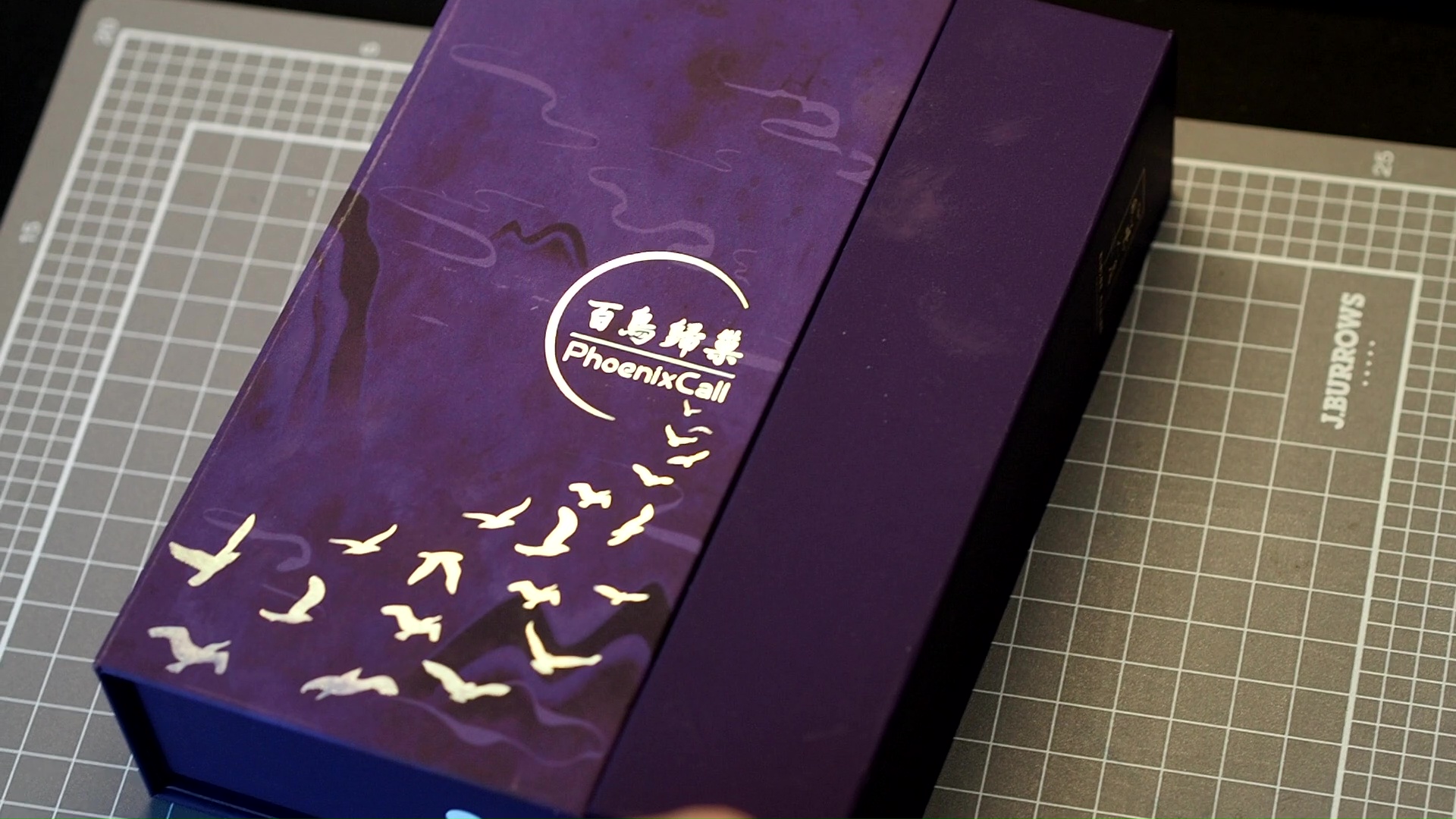


Without a doubt, the packaging and presentation are highlights of the Phoenixcall. Everything about the presentation of this IEM, from the artwork to the cardboard box to the presentation of the content, shows elegance and deliberation. Everything is tied together by the consistent theme of “a hundred birds flock to Phoenixcall.”
Of course, you listen to the IEMs rather than the box. However, in a market where good IEMs are more and more accessible, I appreciate the effort and thought manufacturers put into their products to form a complete experience rather than a utilitarian approach. So, kudos to Kinera and Celest.
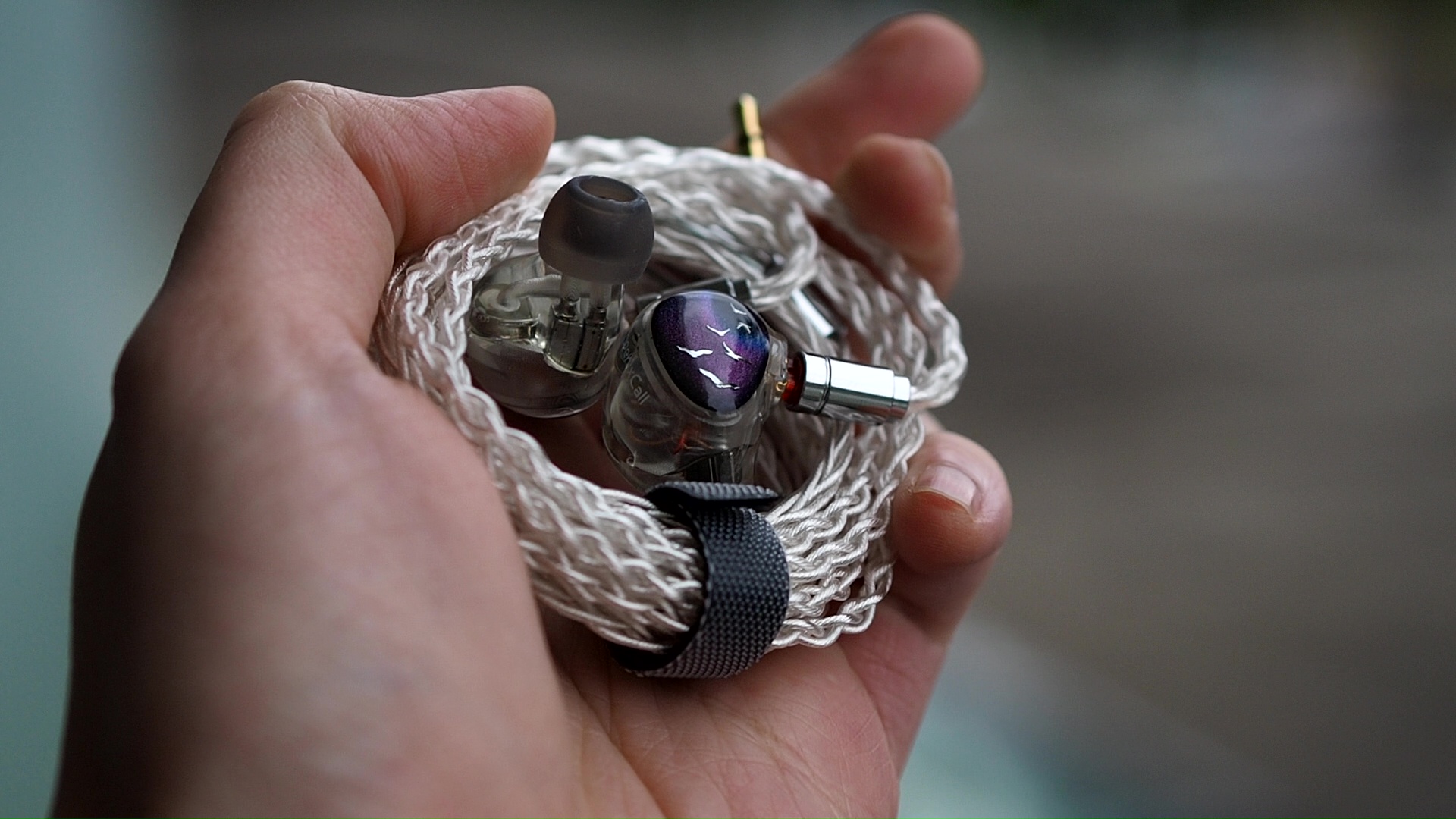

The earpieces of Phoenixcall are also nicely designed. The phoenixcall design motif continues with the faceplates, whose colours can shift depending on the viewing angle. The earpieces themselves are 3D printed similarly to Moondrop Blessing 2 and 3. Aesthetic-wise, I have but one complaint: the plastic part carrying the drivers has a different level of transparency than the rest of the earpieces, disrupting the cohesiveness of the design.
Moving away from aesthetics, I have another issue with Phoenixcall’s earpieces: they are not entirely comfortable. The earpieces are shaped for a deeper fit, yet the nozzles are too chunky to make such a fit possible. Phoenixcall is one of those IEMs that you need to experiment with various types of tips for the best sound and comfort. Personally, I reversed the stock silicone tips to use with Phoenixcall. (Refer to the article by Slater on Audioreviews for more information about flip tips.)
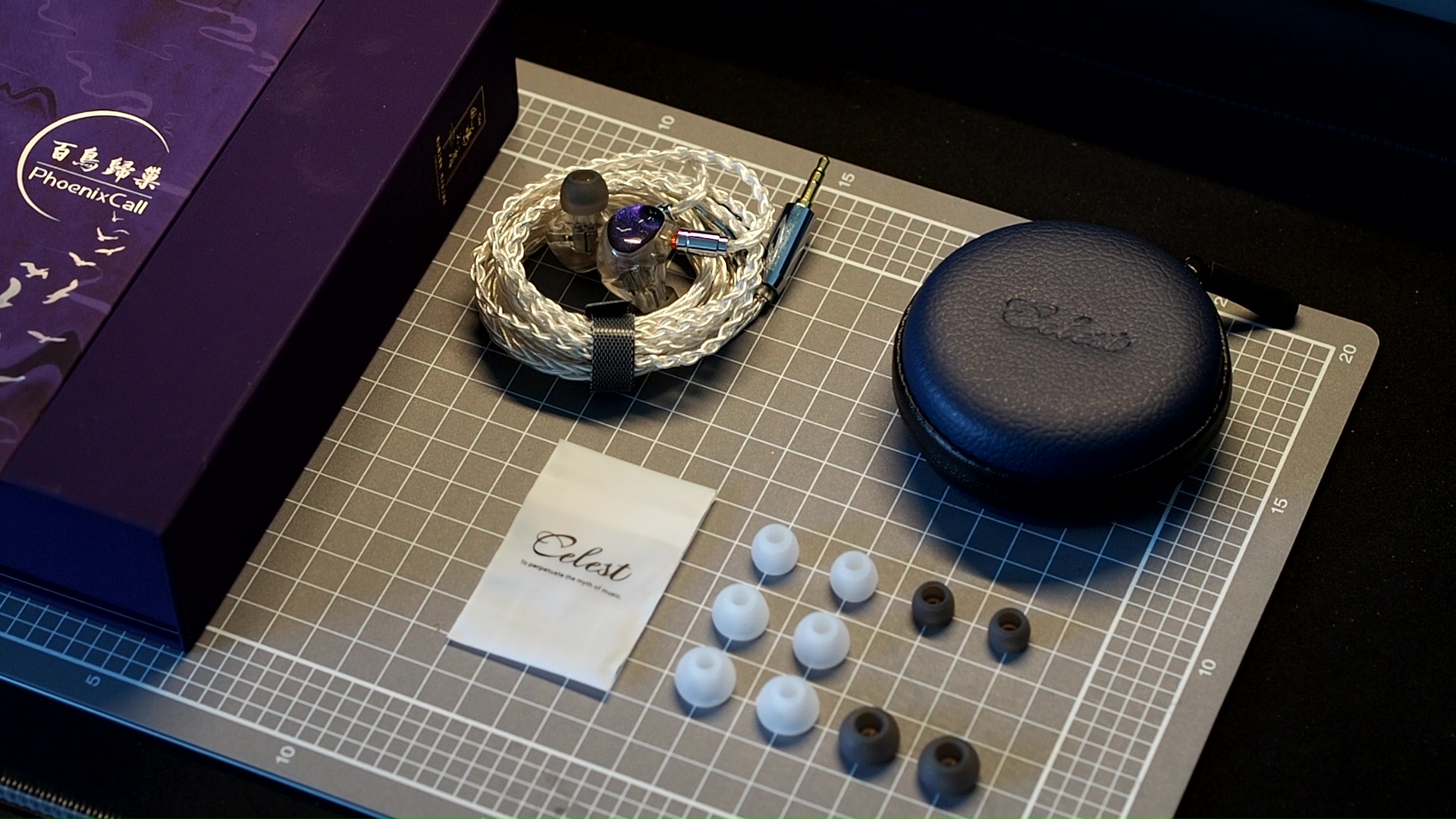
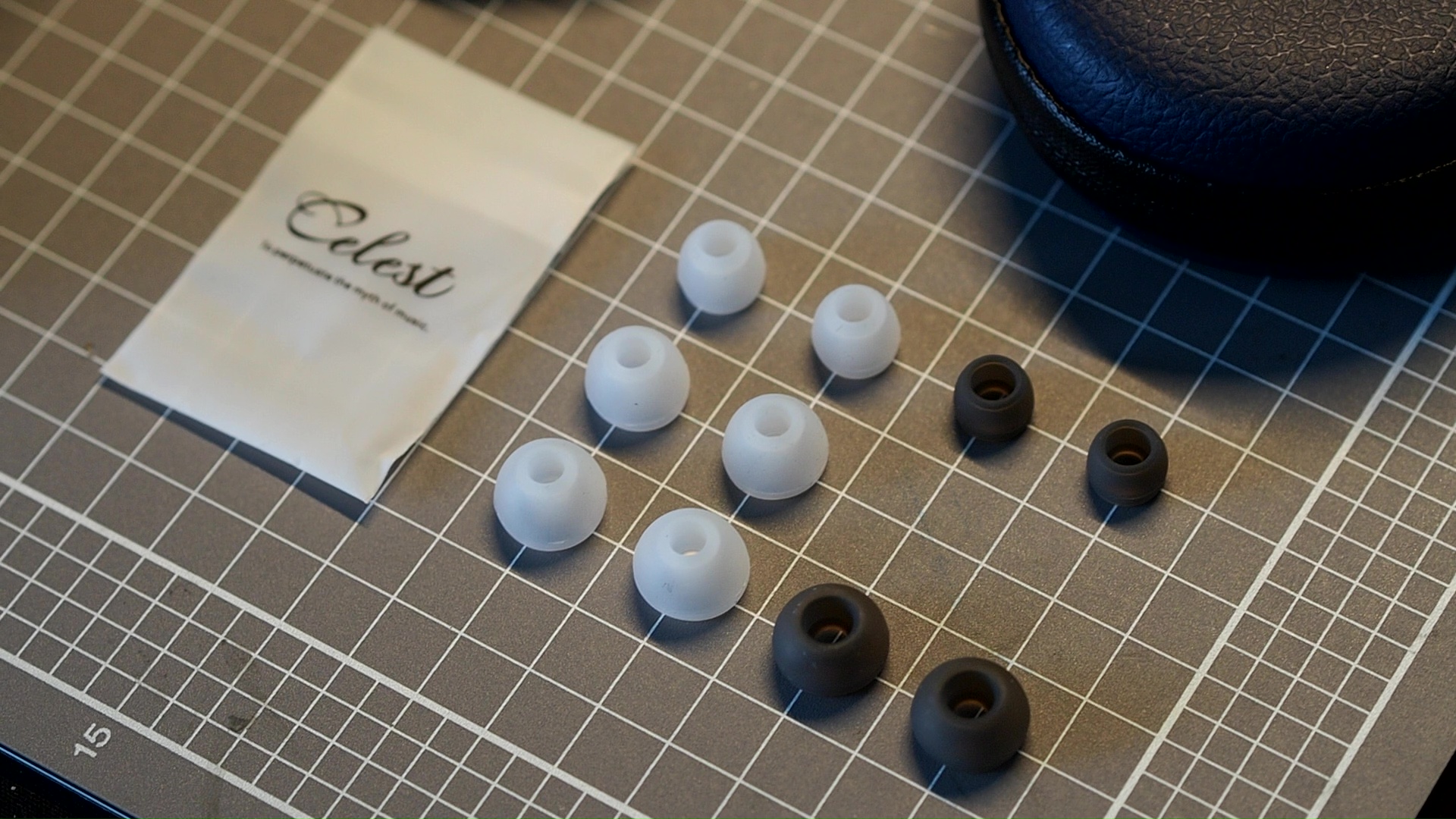
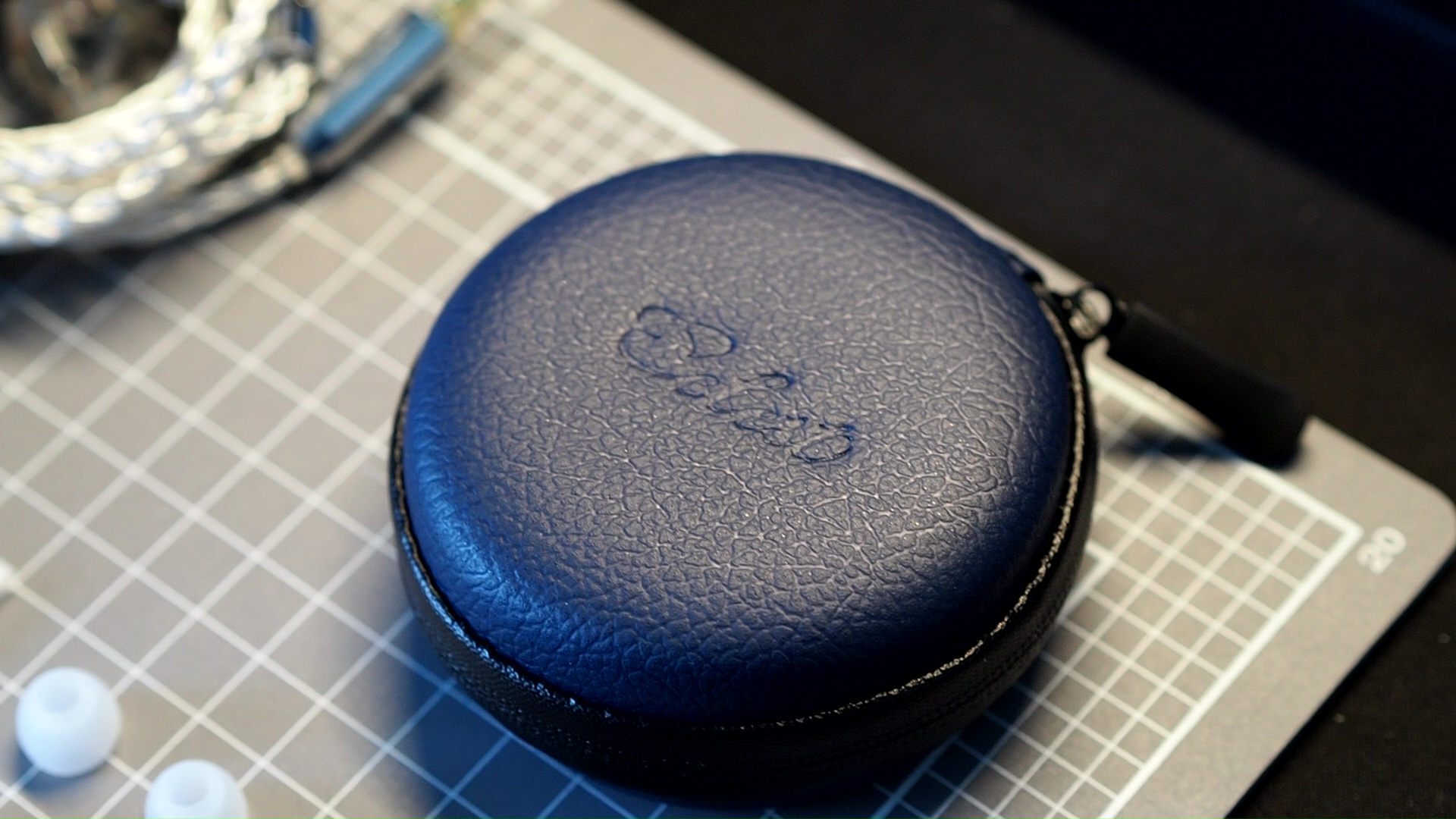
The rest of the accessory pack of Phoenixcall does not quite catch up to the show put up by the box and the earpieces. The cable looks and feels good, but unfortunately, my unit had a 3.5mm connector. The ear tips are old-school and somewhat generic silicone tips, not the grippy variants that are more common nowadays. The case looks good but is too small for the IEM and the cable. My case has a very tight zipper, which, unfortunately, broke within the first two weeks.
Tonality
Frequency response of Phoenixcall against Harman target and Moondrop Variations. Measurements were done with an IEC-711-compliant coupler and might only be compared with other measurements from this same coupler. Visit my graph database for more comparisons.
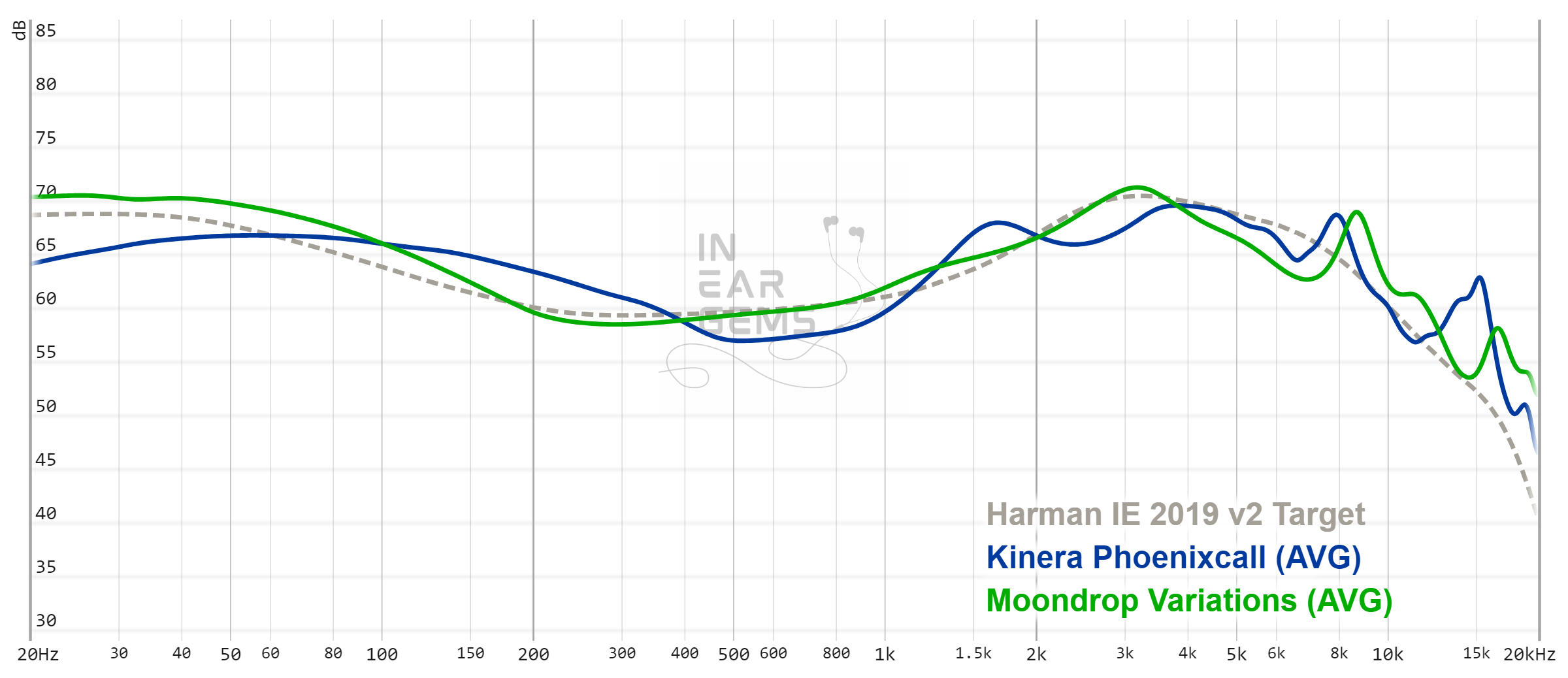
It is helpful to think of an IEM as a filter that highlights or subdues different parts of the incoming audio signal. This effect can be measured objectively by the squiggly lines above, called Frequency Response (FR) graphs, which measure how loud an IEM is at different frequencies from 20Hz (bass) to 20kHz (upper treble). Subjectivity is how your ears and brain interpret the effect of that filter on your music and decide whether it is “enjoyable.” Some “rules of thumb” regarding tonality exist, but most interesting IEMs usually bend the rules masterfully.
One of my favourite ways to talk about the tonality of IEM nowadays is starting from the vision statement of the tuner. Kinera describes the intended tonality of Phoenixcall as follows: “an overall bright sound with deep and elastic bass that is gentler and more relaxed. The midrange has a solid and natural sound, while the high frequencies are clear, bright, and clean. The soundstage is spacious and natural, with round and smooth vocals and strong resolution, providing you with a comfortable music experience.”
Phoenixcall mostly achieves the described tonal vision. To me, the tonality of Phoenixcall is quite unusual and hard to classify. Phoenixcall has a V-shaped tuning since it has a boost in the midbass and lower midrange and another increase in the upper midrange region. However, the presentation of Phoenixcall is not aggressive enough to sound like a fully V-shaped IEM. To me, Phoenixcall sounds more like a neutral-ish IEM with a dip in the midrange before 1kHz to increase the perception of the soundstage.
From an objective point of view, I find Phoenixcall very interesting because its tonality does not align with anything, from the thick and warm sound of the Western boutique to the old-school KZ V-shaped to the modern Harman-inspired tuning. To illustrate this point, I put Phoenixcall next to Variations in the graph above.

Let’s talk about the midrange. To me, there are two approaches. The first one is to tune the midrange close to a reference target (mostly flat from 250Hz to around 1kHz, boosting the upper midrange starting from 1kHz and peaking around 3kHz for ear-gain compensation). The tuner can impose its character on the tuning by changing the slope of the ear gain boost, the amount of ear gain boost, and perhaps a touch more energy below 500Hz. The second approach is to push and pull different parts between 250Hz and 4kHz away from the reference target to achieve a particular vision.
Phoenixcall follows the second approach. The lower midrange has a lot of extra energy to provide some “oomph” to lower vocals, cellos, contrabass, and bass guitars. The mid-midrange from around 500Hz to 1kHz stays relatively flat. To prevent vocals and midrange instruments from being too buried under the bass and lower mid, the upper midrange of Phoenixcall has a substantial boost that peaks early at 1.5khz rather than the usual 3kHz. The energy is sustained from 1.5kHz to 4-5kHz, with only a slight dip around 3kHz, further enhancing the perception of clarity of the midrange.
All of these tuning choices described above produce a rather unusual midrange presentation. With the right songs, Phoenixcall sounds natural and spacious. Vocals and instruments are clearly presented in the mix and have proper note weight. However, with some other songs, such as from Ed Sheeran’s “=” album, vocals sound somewhat hollow and nasally, the side effect of the peak at 1.5kHz and the concave slope of the response between 1kHz to 1.5kHz.
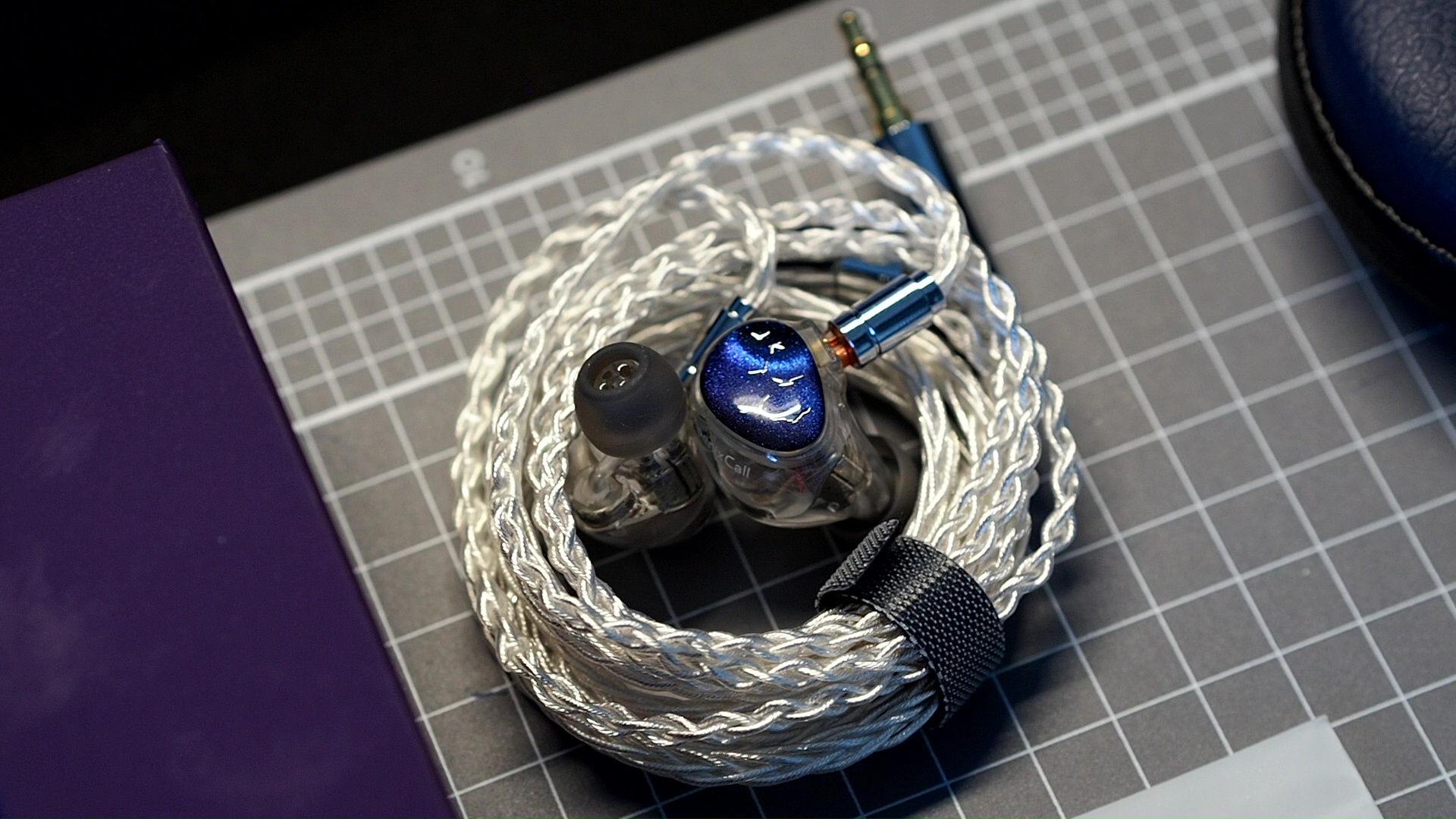
The treble is a strength of Phoenixcall. Cymbals, hats, and chimes are present without overpowering the rest of the band. The treble tuning of Phoenixcall is smooth, meaning it does not have random treble spikes that stab your ears with sharpness. Sibilance is also well controlled because Phoenixcall does not add more to a recording. Because the treble is less emphasised than the upper midrange, vocals and midrange instruments would become too loud before treble cymbals and hats become problematic.
At the same time, the sense of space and reverberation is adequately conveyed, which indicates an acceptable treble extension. The quality of the treble is also high. I can hear nuances and textures in cymbals and hats rather than bright splashes. The details in reverberations and “air” of the recordings are also good.
Bass and Dynamic
A good pair of IEMs/earbuds/headphones should be able to convey, even emphasise, the sense of rhythm and the ebbs and flows of music. In general, this energy requires IEMs to express rapid volume swings on the downbeat of an orchestra or the leading edge of a bass note. It also requires the tactile physical sensation of the bass and the sense of rumble and texture accompanying the bass drops. An IEM can have loud bass but still fail to convey energy should it lack the other features above.
The bassline of Phoenixcall is thick and chunky. I can easily follow the notes played by bass guitars. The bassline of “The Second Waltz” performance by Andre Rieu and his orchestra is more straightforward to detect and follow compared to most neutral-tuned IEMs with less midbass. At the same time, the bassline does not lack control nor appear muddy or blurry.
It should be noted that the bass presentation of Phoenixcall focuses on the body and physical impact of the bass notes rather than the leading edge of transients. It means Phoenixcall does not have an uber-energetic and explosive presentation with clear contrast at the beginning of each bass note. Instead, it opts for a calmer presentation and relies on the physical “slam” sensation of the bass kicks to convey a sense of rhythm and energy. Whether this is a “good” presentation depends greatly on your taste. I prefer the clean, razor-sharp, and explosive transients, so I sometimes feel that Phoenixcall is too tame. But I’m nitpicking at this point.
Soundstage Imaging

Stereo imaging or “soundstage” is a psychoacoustic illusion that different recording elements appear at various locations inside and around your head. Your brain creates based on the cues in the recording, which are enhanced or diminished by your IEMs, your DAC, and your amplifier. Some IEMs present a wide but flat soundstage. Some present a “3D” soundstage with layering, depth, and height. In rare cases, with some specific songs, some IEMs can trick you into thinking that the sound comes from the environment (a.k.a., “holographic”)
The way Phoenixcall presents the soundstage is a bit different from the norm, likely due to the idiocrasies in its tonality. The foreground of the soundstage, where main vocals and midrange instruments exist, is pushed towards the listener and mostly stays inside the head, like most IEMs. Interestingly, choral sections that usually remain in the background are also highlighted, possibly due to the peak at 1.5kHz.
At the same time, Phoenixcall has a slight “hollowness” sensation in the soundstage imaging, reminiscent of the tuning trick applied by 64 Audio Trio and Fourte. With the right recordings, this hollowness can create the illusion that the soundstage is more spread out and thus feels larger.
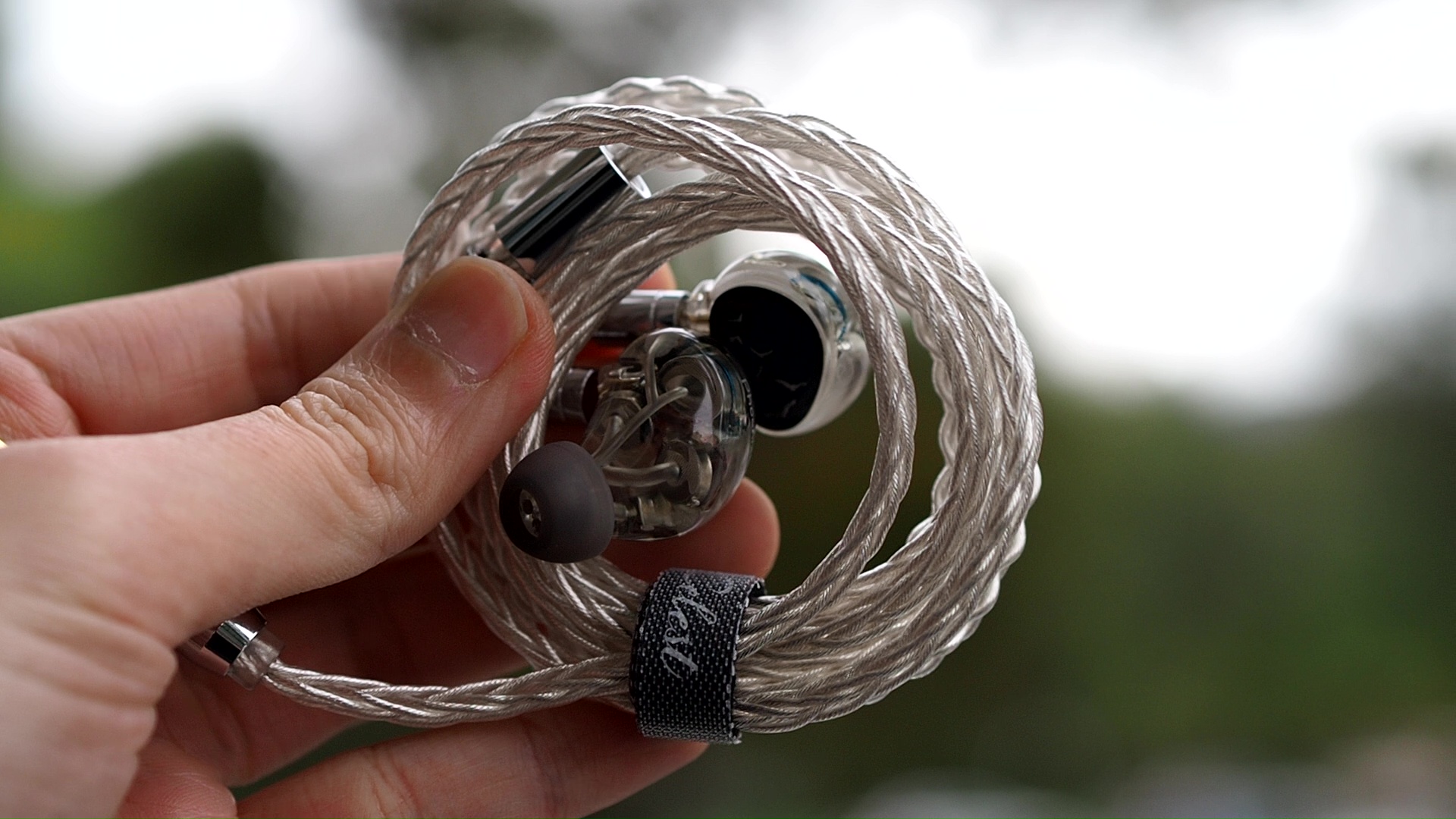
The soundstage width of Phoenixcall is similar to most IEMs, meaning it rarely expands beyond the shells. However, the sense of depth is commendable. For instance, when I listen to “The Last Samurai Suite” in Hans Zimmer’s Live album, Phoenixcall created a clear separation between closer and further away instruments. The background is not simply quieter. It is convincingly distant. The illusion of depth of Phoenixcall is a few steps away from Andromeda 2020 or U12T in a direct A/B test. Still, I enjoy the extra depth that Phoenixcall brings compared to my Blessing 2. I suspect the detailed upper treble provided by the two micro planar drives in Phoenixcall contributes to this positive illusion of space.
Resolution

Resolution is a fascinating subject due to the difficulty of pinning down what it really is. To me, “resolution” can be broken down into three components: (1) Sharpness, incisiveness, or “definition” of note attacks (see the figure above). (2) The separation of instruments and vocals, especially when they overlap on the soundstage. (3) The texture and details in the decay side of the notes. The first two give music clarity and make it easy to track individual elements of a mix. The last provides music details and nuances. Smooth and well-extended treble response plays a crucial role.
The resolution is another area where the two micro planar drivers of Phoenixcall shine. When I listen to a complex orchestral piece, such as Imperial March, performed by the Berliner Philharmoniker, I find the separation between instruments relatively clean, making it easy to follow individual instruments even in dense music sections. Whilst the separation and note definition does not have a laser focus, I find these characteristics of Phoenixcall slightly better than the venerable Moondrop Blessing 2, the representative of a reasonably resolving IEM. Still, this difference is practically negligible, as a simple swap of ear tips might tip the scale.
The detail retrieval of Phoenixcall is also decent, evidenced by the texture and micro detail from the violin of Kavakos in his performance of Bach’s violin sonatas and partitas. Again, the difference in detail retrieval between Phoenixcall and Blessing 2 is practically negligible.
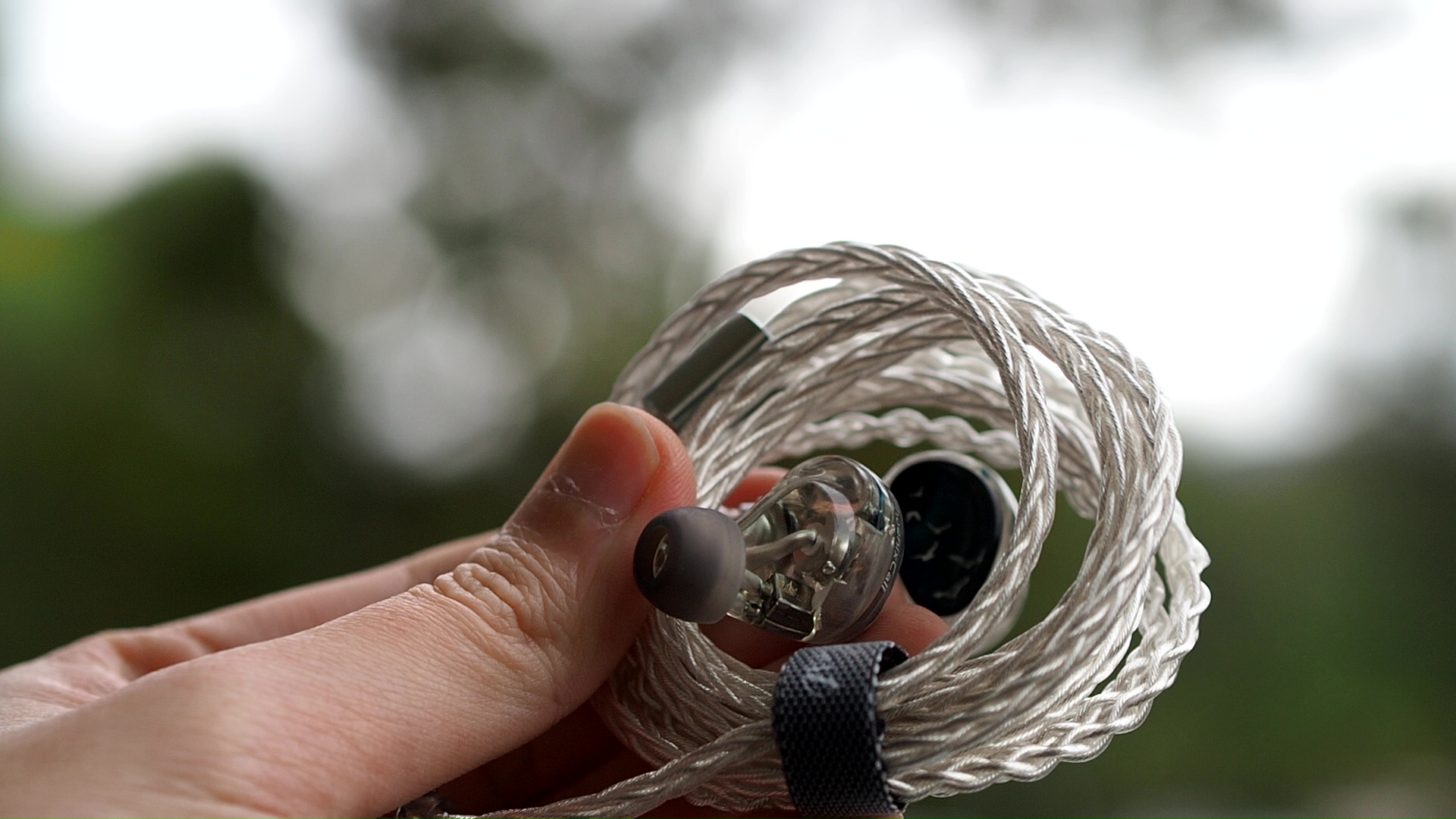
Rating and Conclusion
In a market where manufacturers try to get close to a “scientifically correct” tonality, Kinera has tuned Phoenixcall with a disregard for convention as if it is a boutique tuning a new multi-kilobuck IEM for their loyal fanbase. I find such an approach interesting. Luckily, the IEM mostly sounds like the vision of its tuner. The unusual driver configuration of Phoenixcall also provides adequate technical performance to let the tuning fly. The packaging and build quality also punch above the price point, giving Phoenixcall a compelling value proposition.
Should you get Phoenixcall? It depends on the kind of tonality you want. If anything that deviates from neutrality is a no-no to you, then no, you shouldn’t get Phoenixcall. But if you already have your fair share of neutral-with-bass-boost IEMs, Phoenixcall is worth an audition.
Absolute Sonic Quality Rating: 3.5/5 - Good (Tonality 3/5, Resolution 3/5, Bass and Dynamic 4/5, Imaging 3/5).
Bias Score: 3/5 - I’m lukewarm about this IEM
Pros:
- Packaging and presentation
- Build quality
- A different sound signature
- Resolving and well-controlled treble
- Commendable sense of depth
- Commendable resolution
Cons:
- Midrange can be wonky with some recordings
- Fit can be tricky
- Nitpicking: an IEM that invokes ethereal imagery such as “Phoenix call” should have a lighter and more open tuning and presentation
